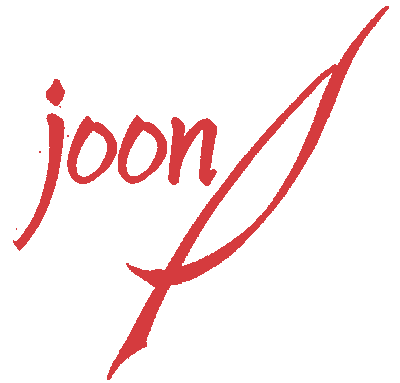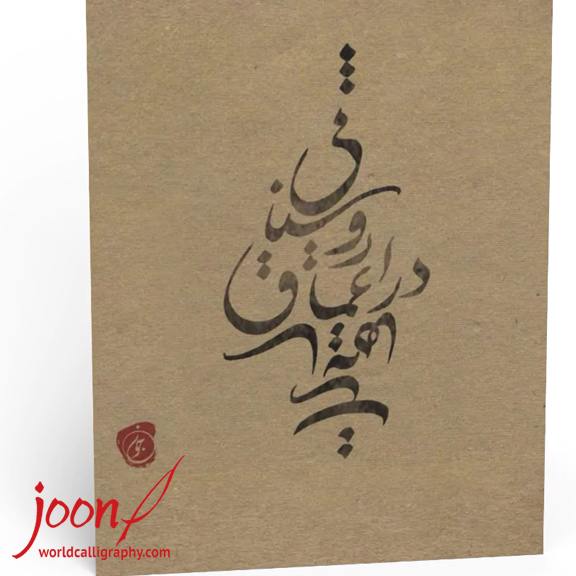Winter Solstice, Yule, Shabe-e Yalda, Dongzhi: Whatever name you call it, the longest night of the year in the northern hemisphere falls somewhere around December 21st. No doubt for as long as humans have been around they have kept the fires burning on these dark nights of the year.
Shab-e Yalda is an ancient Iranian celebration of the longest night. Optimistically the holiday is named with the Syriac word, yalda, for birth. Traditionally a melon is saved from the bright days of sunshine and opened during the festivities held on this longest night. Another sun ripe fruit full of seeds that is associated with this holiday is the pomegranate. These traditions are meant not just as celebration, but as acts that will plant the seed of light for the sun’s return.
It is not just physical darkness that surrounds us, but other forms of darkness as well. And yet, we find that illumination is found even in the depths of shadow. Lighting the flames for Hannukah and Advent, celebrating the midwinter miracle of the Christmas Birth, the fires of Yuletide celebrations and the eating of special foods are all portents of hope that the sun and the better lights of human expression will edge back into fullness.
Illumination is in the depths of shadows — روشنایی در اعماق سایه هاست
— Persian calligraphy by S J Thomas. www.worldcalligraphy.com

